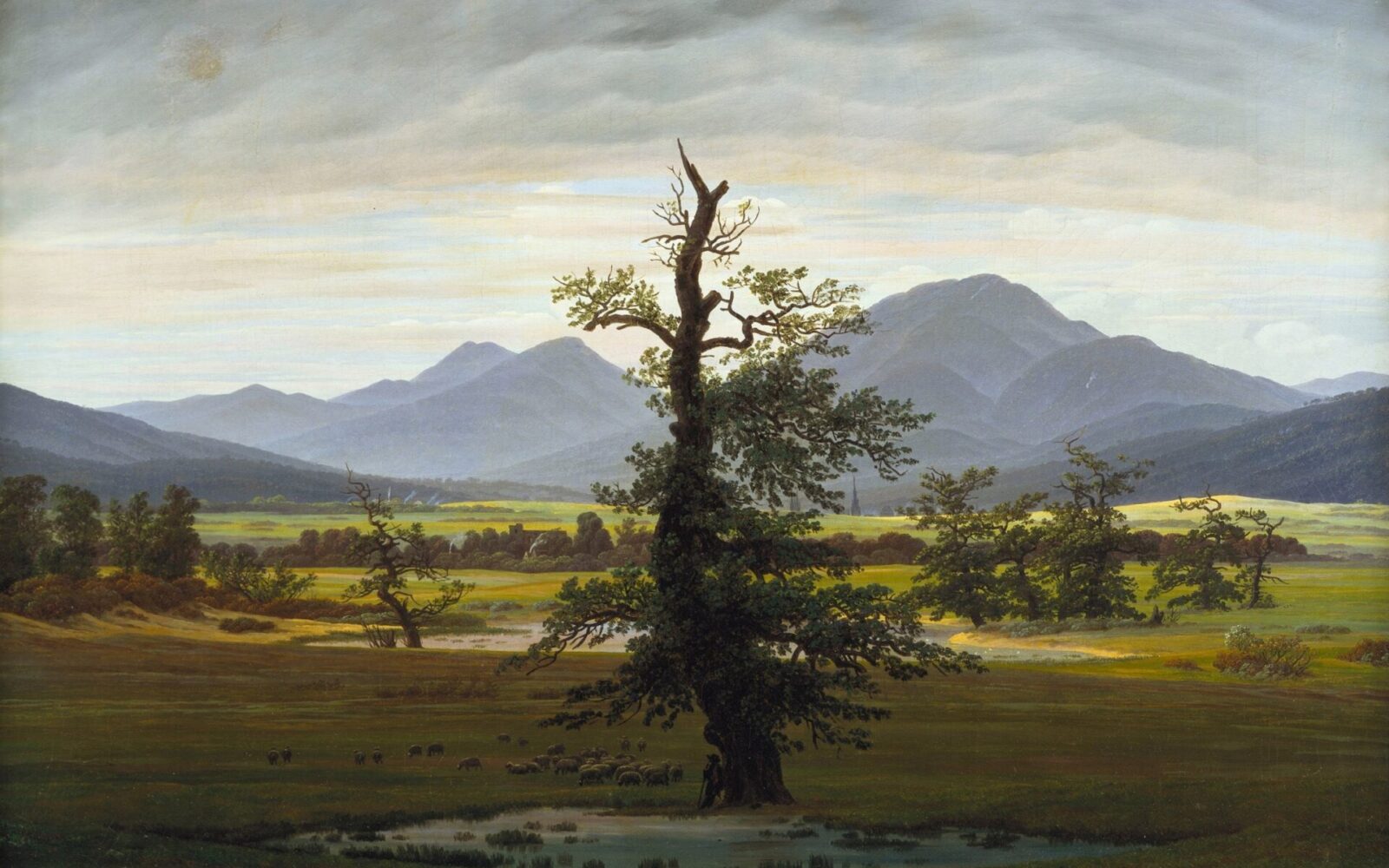Columns

– No tree is solitary in Kumano –
Artist Geert Mul wrote this essay during his stay in Kinan Art Residence Vol.2 in July and August 2024.
【No tree is solitary in Kumano】
In recent years, some of my artistic work has gradually gravitated towards this
folkloric theme of the solitary tree. Looking at a solitary tree is like looking at a
person. More specifically, you quickly identify the tree with yourself, in a mood that
relates to the tree’s characteristics.
In Western art history, ‘landscape’ is rarely the subject of a depicted landscape.
Through the use of linear perspective, the viewer is placed at the center of the
landscape. And almost always, human figures are present in the images;
insignificant compared to nature, but that is precisely the message, with ‘nature’
serving as an analogy for the universe and/or the divine.
In art, ‘landscape’ is not an image of nature but an image of ‘us’. The solitary tree
reflects the solitary individual; la condition humaine.
I am writing this at a wooden table in a Japanese house in the town of Tanabe in the
Kumano region of Wakayama, a peninsula south of Osaka. Here, I am working on a
creative research project about the life, philosophy, and work of the brilliant
Kumagusu Minakata (1867-1941), who grew up and worked here. Inspired by
Minakata’s fusion of spirituality, nature philosophy, and science, I aim to deepen my
artistic practice by exploring the interaction between nature and culture and their
technological mediation.
As part of this research, I am seeking ancient, solitary trees to create monumental
photographic artworks. I expected to find many of these trees in this vast area of
forests, mountains, pilgrimage routes, and temples, but the region’s history tells a
different story:
The reforestation of Kumano around 1915-1920 was a large-scale Japanese
government project aimed at restoring forests damaged by logging and agriculture,
but economic and political interests were also significant. The project focused on
planting monocultures of commercial species such as Japanese cedar and cypress,
causing deciduous trees like oak, maple, and beech to nearly disappear.
During this reforestation period, the Japanese government also implemented
policies aimed at reducing (demolishing) the number of small, local temples and
shrines, of which there were hundreds in this area. This was done to cut costs and
increase administrative efficiency, but the policy was also driven by an ideological
politics from the Meiji period. Kumagusu Minakata was highly critical of this policy
and, as an early climate activist and scientist, successfully advocated for the
preservation of biodiversity and the network of smaller Shinto shrines and temples.

Geert Mul. 1200 years old Camphor tree at Tokei-Jinja Shrine, Tanabe, Wakayama.
In Shintoism, where spirituality and nature come together, there is a strong
connection between shrines (jinja) and ancient, special trees. Shrines are often
surrounded by sacred forests, known as ‘chinju no mori’, which are protected and
serve as refuges for local biodiversity.
As a result of this history, ancient solitary trees are now almost exclusively found at
the many Shinto shrines in Kumano. The tree is marked and honored with a rope
(shimenawa) and a folded paper streamer (shide), serving as a key connection
between the physical space and the spiritual dimension of the shrine.
In this way, the tree is integrated into a network of cultural and religious meanings,
breaking its solitude and anchoring it within a vibrant community of nature and
spirituality. Thus, these solitary trees are not ‘solitary’ at all. On the contrary, they are
part of a community.
In Kumano, the freestanding tree also reflects ‘la condition humaine’, but here it is
not a solitary individual condition, but rather a deeply rooted spiritual and social
condition.
【Artist】

Geert Mul
Tanabe, Kumano, Wakayama, Japan 28-07-2024
This essay was written during a practice-oriented creative research residency in
Japan, July and August 2024. The research is inspired by the idiosyncratic
Japanese naturalist, ethnologist, and folklorist Kumagusu Minakata (1867-1941).
The residency is in Tanabe, Wakayama, a natural area where Kumagusu Minakata
was born and worked and where the Minakata Kumagusu Museum and archives are
located.
Supported by Kinan Art Week
Stimuleringsfonds Creatieve Industrie NL
